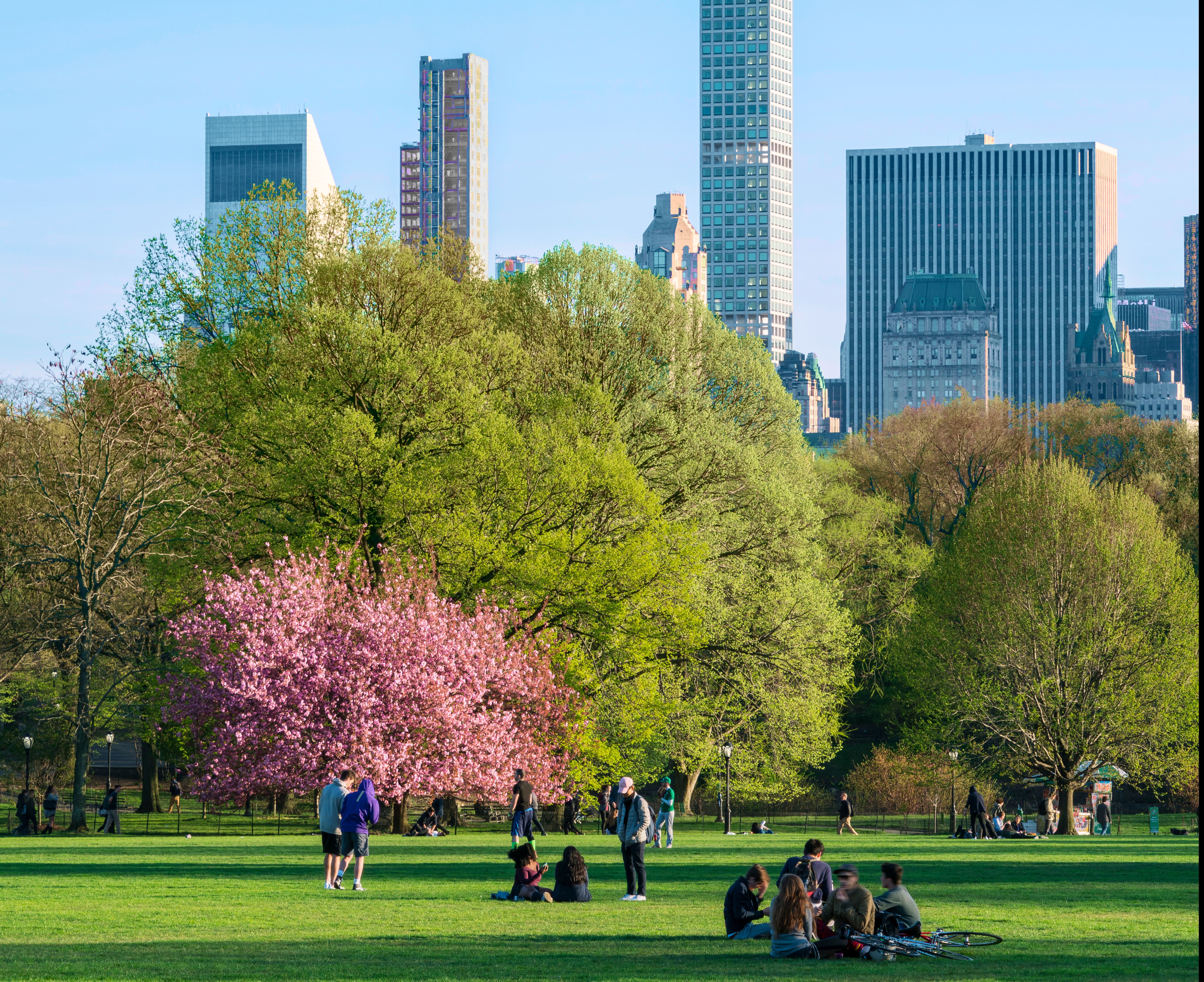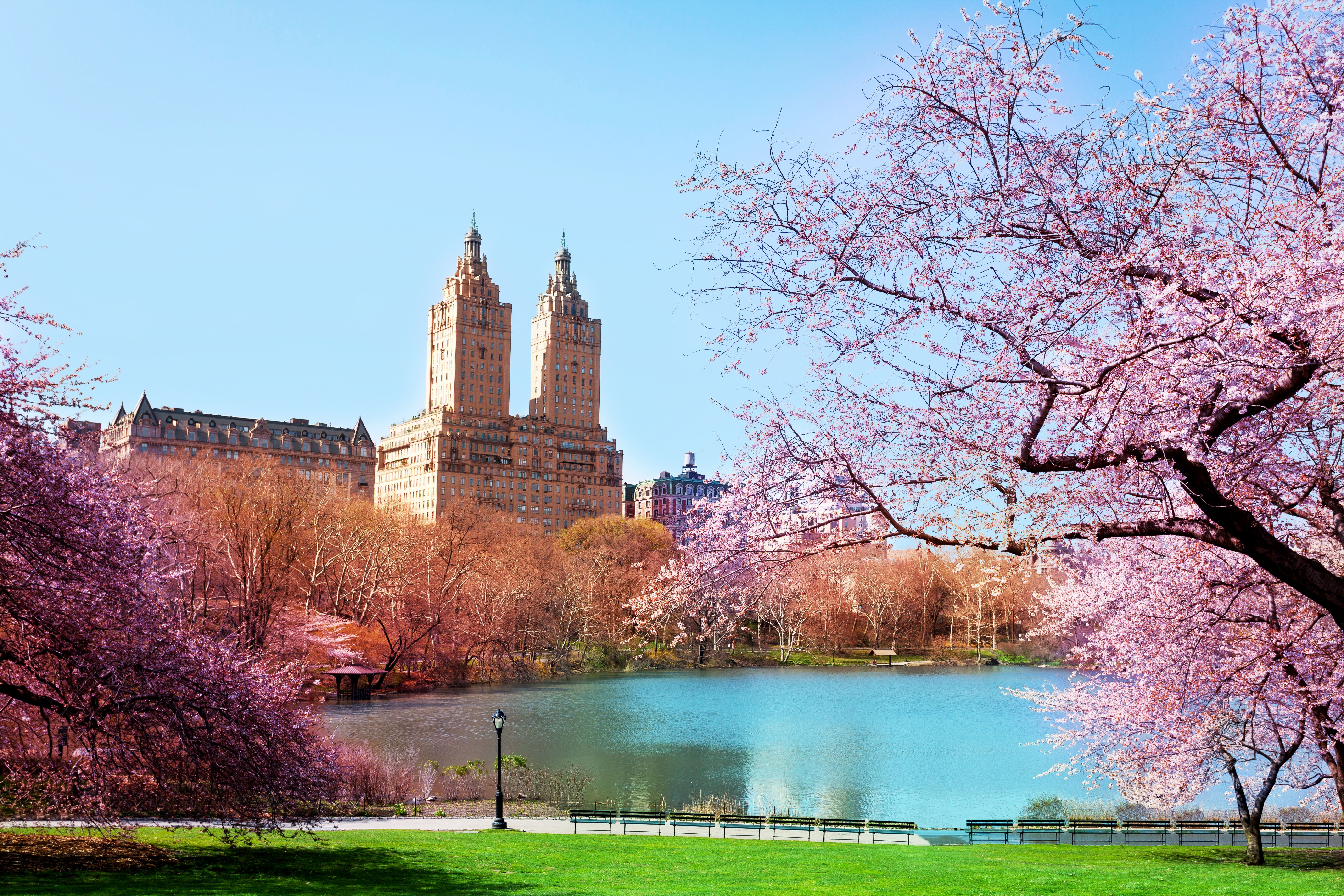A Destination for All: Preserving the Past, Present and Future of Central Park
by ELLIMAN INSIDER TEAM
May 2025
BY DAVID GRAVER
Forty-two million visitors pass through the 3.5 square miles of Central Park each year—both New York City locals, and tourists drawn by its global reputation. The Central Park Conservancy, a non-profit philanthropic organization, manages its care.
Employing around 400 people, including a diverse range of experts, the Conservancy was founded in 1980 to rescue the park from neglect and has since invested over $2 billion in Central Park’s maintenance, restoration, and development. Beyond its fundraising efforts, the organization seeks to instill a shared sense of responsibility in everyone who enters Central Park. While the Conservancy serves as its steward, the responsibility ultimately belongs to us all.
Central Park runs along the Upper East Side for more than 50 blocks, and welcomes those living there daily. “Almost everything we do is in service to the communities around the park,” Betsy Smith, President and CEO of the Conservancy, tells VICINITY. “We’re not fusty Olmstedians trying to keep some beautiful landscape in pristine condition. We manage the park for the benefit of its users. It is much more than a park for most people; it’s part of their lives—and there’s an emotional connection, too.”
The Conservancy’s responsibilities are rooted in the fact that the park is a complex landscape, designed for high-volume public use. “Within our organization, we have our own design, landscape architecture team, and architecture studio,” Bob Rumsey, Director of Landscape Architecture, says. “We’re responsible for the design, the contract administration, and the implementation of numerous restoration projects.” Rumsey and his team also collaborate with the Conservancy’s staff architects on marquee restorations like The Davis Center at the Harlem Meer, Conservatory Garden, West 85th Street Playground, and all of their perimeter projects—from mapping out the vision to replenishing materials by hand.
“New Yorkers, especially those living in neighborhoods near the park, often refer to it as their backyard.” Rumsey adds, “and they use it that way. When we’re designing, we think about that significantly.” This means they’re not just maintaining Central Park’s aesthetic, but preparing for the foot traffic. “That’s our biggest challenge,” he says. “We think about materials. We think about plantings that will be hearty and withstand the general wear and tear, especially around our playgrounds.”
Employing around 400 people, including a diverse range of experts, the Conservancy was founded in 1980 to rescue the park from neglect and has since invested over $2 billion in Central Park's maintenance, restoration, and development. Beyond its fundraising efforts, the organization seeks to instill a shared sense of responsibility in everyone who enters Central Park. While the Conservancy serves as its steward, the responsibility ultimately belongs to us all.
Central Park runs along the Upper East Side for more than 50 blocks, and welcomes those living there daily. "Almost everything we do is in service to the communities around the park," Betsy Smith, President and CEO of the Conservancy, tells VICINITY. "We're not fusty Olmstedians trying to keep some beautiful landscape in pristine condition. We manage the park for the benefit of its users. It is much more than a park for most people; its part of their lives—and there's an emotional connection, too."
A LIVING LEGACY
Phil Jabouin heads up the Conservancy’s Community Relations division. He encourages new team members to get to know park regulars. “It makes your job 10 times easier when you start to build relationships with people in the park,” he says. Jabouin is driven by a vision of the park’s potential longevity. “We work with so many kids, families, and people who use the park on a daily basis. It’s to make sure we’re leaving it in the right place for the future.”
“New Yorkers, especially those living in neighborhoods near the park, often refer to it as their backyard.”
—Bob Rumsey, Director of Landscape Architecture
Smith, Rumsey, and Jabouin all have Upper East Side connections—and care deeply about certain aspects within. “I’ve been working on a complete restoration of the Conservatory Garden for about the last six years,” Rumsey says. “It will be finished up this spring. I think it’s a real gift to the East Side.” Jabouin thinks fondly of Cedar Hill and the moments he’s spent watching families sledding in picturesque conditions.
“I grew up on the Upper East Side and brought up my children here,” Smith, who lives on East 78th Street, says. “Every morning that I could, I would put my two daughters in their pram and bring them down to the Conservatory Water, which happens to be my favorite place in the park. It feels quite separate. The scale of it is so beautiful.”
Two little-known facts about the Conservancy may surprise New Yorkers: first, the sidewalks between the streets and the park’s perimeter walls are actually under its stewardship. “You step one foot on the perimeter of Central Park and you know you’re not on a city sidewalk,” Smith says, noting the hex block pavers and the cobblestone. “The sidewalks were designed to make you feel that you were walking into a different place. You were leaving the city and going into the park.” Recently, along Fifth Avenue, the Conservancy updated the sidewalks from 60th to 65th as well as between 90th Street and 110th Street.
Second, the Conservancy is hired by the City of New York, which then grants them approximately 20% of their annual budget. The Conservancy raises the remaining 80% annually while working to build a long-term endowment. Because of this philanthropic undertaking, New York City dedicates more of its Parks Department budget to other parks. The work of the Conservancy, then, benefits not just Upper East Siders and tourists, but also visitors to all of the city’s parks. It’s with an effort of this magnitude, that the Conservancy ushers Central Park into a thriving future.






